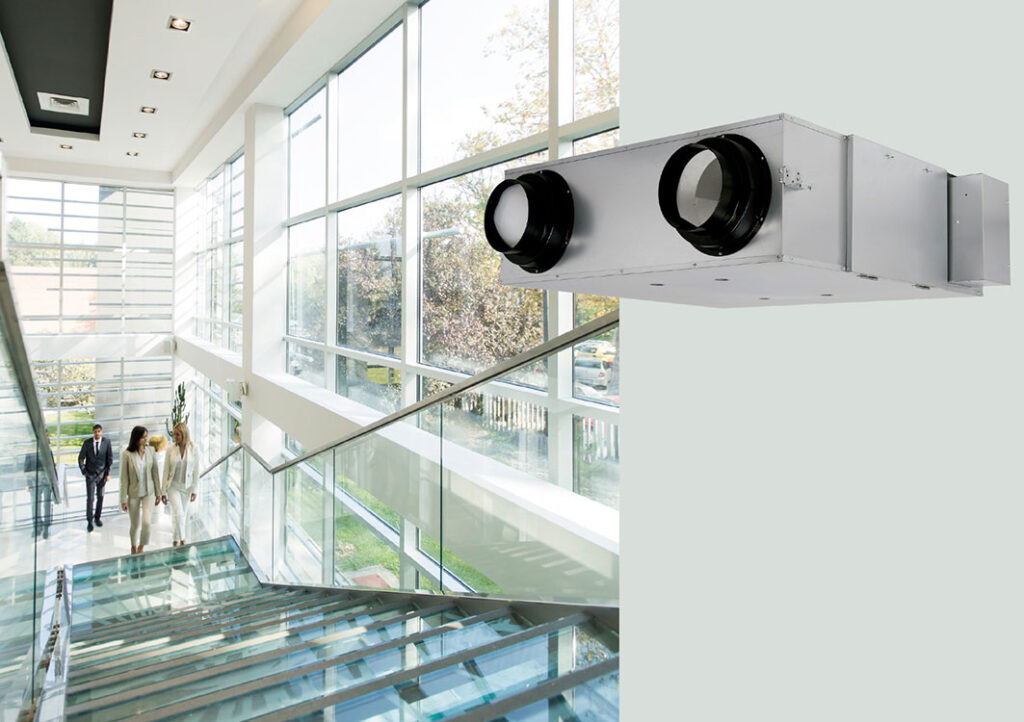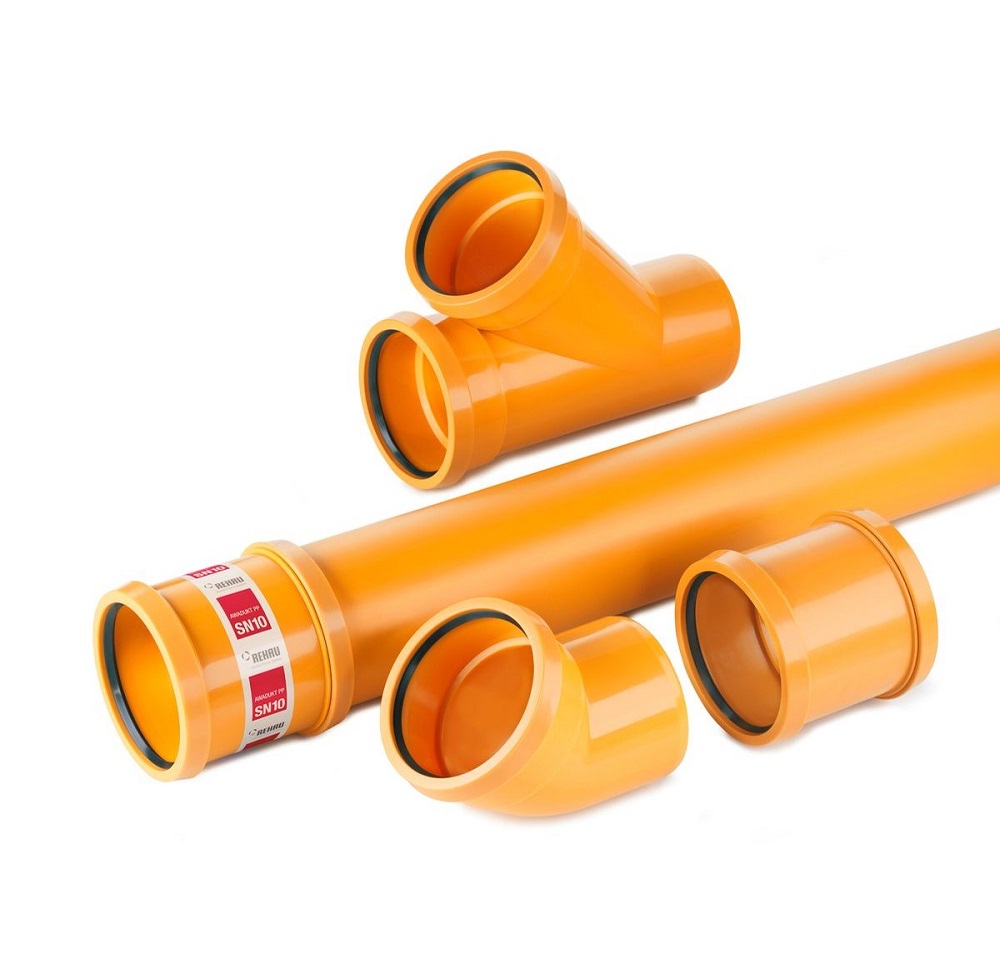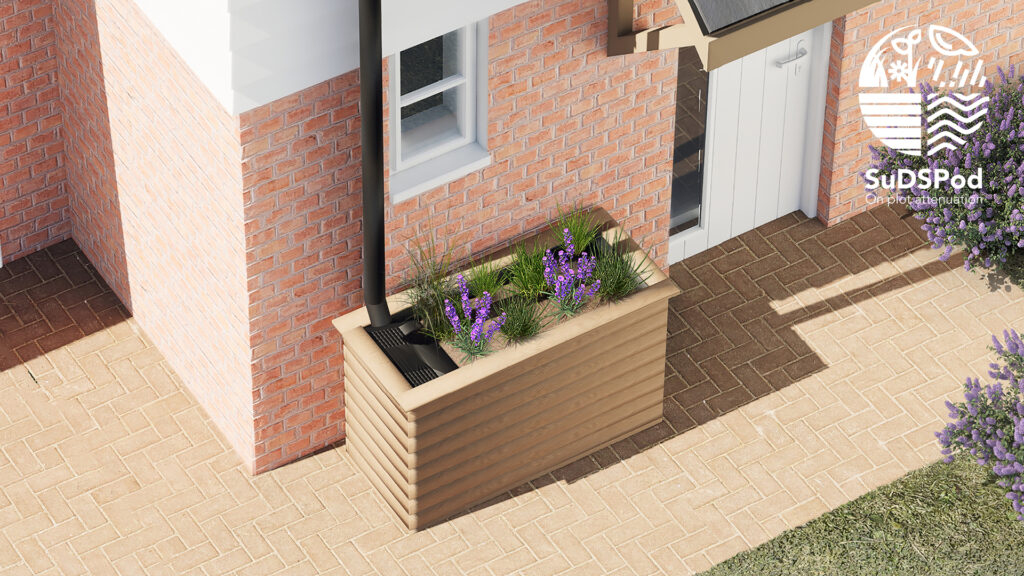Final BRE test passes after Grenfell Tower fire
The last test by the Building Research Establishment (BRE) has been completed in the wake of the Grenfell Tower fire, with a wall cladding system consisting of aluminium composite material (ACM) cladding with a limited combustibility filler (category 1 in screening tests) with stone wool insulation passing the test.
With the last test now completed it means that three of the seven passed the tests.
The first test was of a wall cladding system consisting of ACM with polyethylene filler (Category 3) and foam insulation, with fire breaks and cavity barriers in place. The expert panel advised that the results show this combination does not meet current building regulation guidance.
The second test was of a wall cladding system consisting of Aluminium Composite Material (ACM) cladding with a polyethylene filler (category 3) with stone wool insulation. This also didn’t meet current building regulation guidance.
The third test was of a wall cladding system consisting of Aluminium Composite Material (ACM) cladding with a fire-retardant polyethylene filler (category 2 in screening tests) with PIR foam insulation.
The government’s expert panel confirmed that the results show that the combination of materials used in the test does not meet current Building Regulations guidance.
The fourth test was of a wall cladding system consisting of Aluminium Composite Material (ACM) cladding with a fire-resistant polyethylene filler (category 2 in screening tests) and stone wool insulation (a form of mineral wool). This combination of materials passed the test.
The fifth test was of a wall cladding system consisting of Aluminium Composite material (ACM) cladding with a limited combustibility filler (category 1 in screening tests) with PIR foam insulation.
The government’s Expert Panel advised that the results show that this combination of materials can be compliant when installed and maintained properly.
This sixth test was of a wall cladding system consisting of Aluminium Composite Material (ACM) cladding with a fire-retardant polyethylene filler (category 2 in screening tests) with phenolic foam insulation.
The government’s expert panel confirmed that the results show that the combination of failed the test and doesn’t meet with current building regulation guidance.
A government statement said: “While government has not been informed of any tall buildings over 18 metres in England using this particular combination of materials in their wall system, it could offer a possible solution for some buildings with other cladding systems which have been identified as a fire hazard through previous large-scale tests.
“The clear advice from the expert panel remains that building owners need to continue to take professional advice regarding remedial work that takes into account the specific circumstances of their building.”
It added: “The purpose of this testing programme is to develop a better understanding of how different types of cladding panels behave with different types of insulation in a fire.
“This is so building owners and their professional advisors can make informed decisions. Results of all seven large-scale tests are available and government will shortly publish consolidated advice to landlords based on all the seven tests.”




















